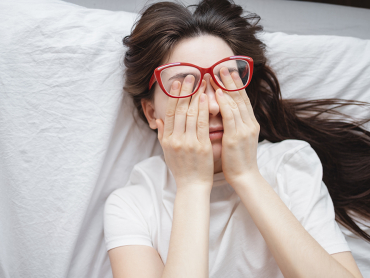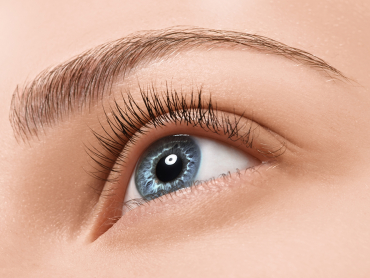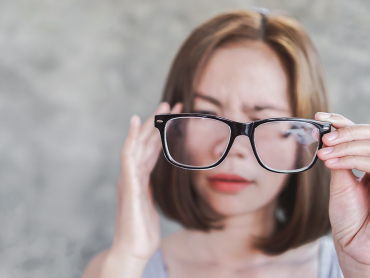What has the pandemic done to our eyes? The coronavirus pandemic caught the world off-guard, sending businesses into a downward spiral and caused many to lose their jobs. World leaders and the authorities are at a loss of how to contain the virus. As a result, many of us were confined in our homes. A lockdown was issued.
Young Adults Today May Suffer from AMD. Why?
So, you think serious vision problems happen mostly to the elderly. Think again. Age-related macular degeneration (AMD) is happening more often now than previously thought. Individuals under the age of 50 can suffer from early forms of AMD which eventually leads to the loss of visual acuity, or 20/20 vision.
Simple Tips for Maintaining Good Eyesight
Researchers have found that several key nutrients may have the ability to delay the onset as well as lessen the severity of cataracts and Age-Related Macular Degeneration (AMD). They do not cure eye-related diseases but they have been found to prevent them by protecting and nourishing the eyes.
By the Time Your Vision Blurs, It May Be Irreversible
The two most common eye diseases related to ageing are cataract and AMD (or Age-Related Macular Degeneration). Unfortunately, these conditions are irreversible and can lead to partial or complete blindness.
Up to 90% of Asian Schoolchildren are Near-Sighted
Wearing glasses used to be a common sight only among the elderly but children today are increasingly donning glasses too. In fact, up to 90% of Asian children are short-sighted with about 10-20% suffering from high degree myopia, and this trend is expected to increase.
Are We Blinded by Smart Gadgets?
According to a leading laser eye surgeon, the rates of short-sightedness have soared due to smartphone usage and could possibly increase by 50% over the next 10 years. Smartphones, computers, and watching television are putting children and young people at risk of myopia (permanent eyesight damage) progressing through until they are in their 40s, and may even lead to blindness in severe cases.






